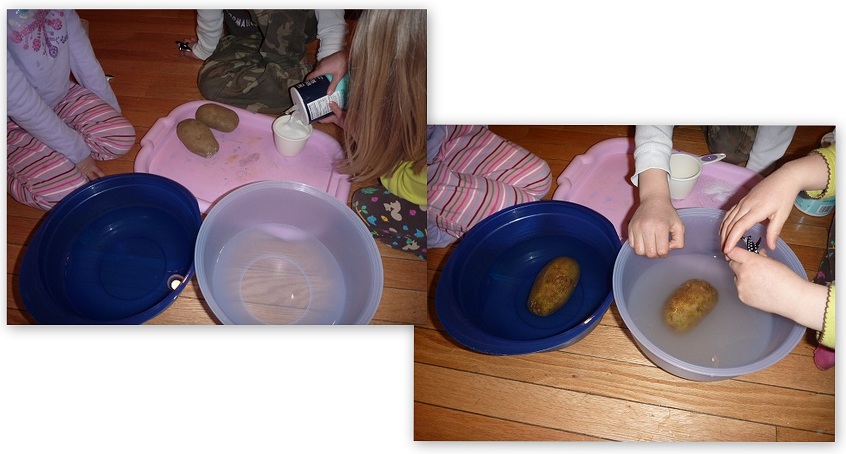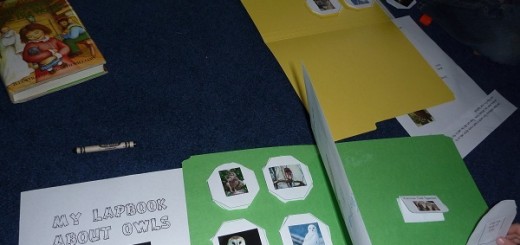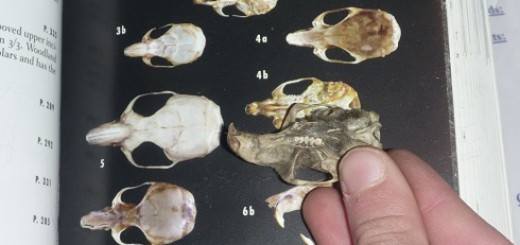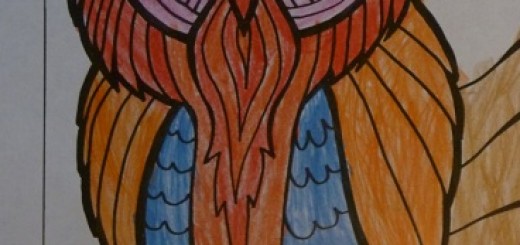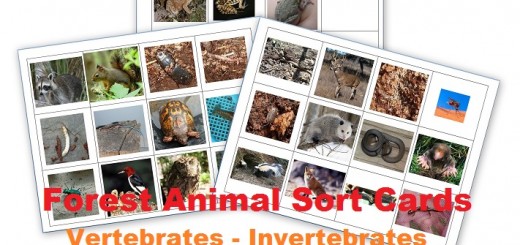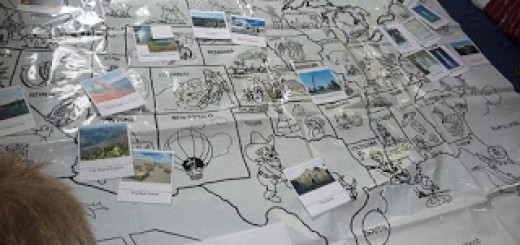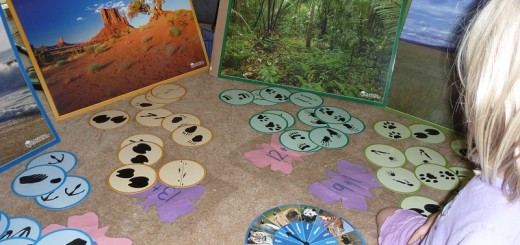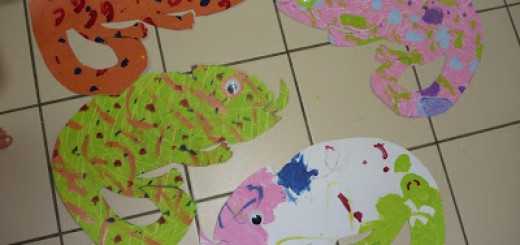Category: Science: Biomes; Animal Habitats
Have you ever started a unit and then something else unfolds? Well this is a unit I started to put together on the Arctic. You might even recall that we covered Antarctica for a couple of days to lead up to this unit. The more we got into it, the more this turned into a full blown study of whales! We spent more than a week reading, doing experiments and...
Often while I’m reading aloud (in this case we’re still reading Little House in the Big Woods) I have the kids working on other things. A few days ago I had them cut out the pieces of a quick owl lapbook (All Owls, a 50cent lapbook by homeschool bits). It had great tidbits of information, reinforcing all we had read last week. They put it together and were so excited...
As I mentioned yesterday, we did a lot of reading about owls to lead into the awesome science study on owls! We talked about the forest food chain (who eats whom) and then I asked them what owls ate. Owls eat mice, voles, snakes and other small animals. They swallow their prey whole and about eight hours later spit out the parts they can’t digest in a pellet of fur...
We have had so much fun with this forest unit so far. We’ve done a ton of crafts and coloring. The kids colored in these cute owl pages (which are no longer available – http://katibura.xyz/printable/printable-coloring-pages-for-adults-owls). The kids did a simple fall craft we got at oriental trading: All the kids have been doing the forest animal sorts and we talked once again about vertebrate and invertebrate animals. The kids sorted...
Forest Habitat Animal Sort – Vertebrates-Invertebrates ED’s next habitat study is on the forest. I made a set of cards for the kids to sort through. We’ll be sorting them by vertebrates-invertebrates and also into the five animal kingdoms: ( fish), amphibians, reptiles, birds and mammals. Oh and by the way, I didn’t include any fish in this sort–I did include a photo of crayfish that LD found in the...
This was a unit I thought would mostly be fore ED, but all the kids jumped excitedly into it!. My kids know very little about the American deserts of the southwest, though they could tell you heaps about the Australian desert (they were born in the Outback and we moved back to the US about a year and a half ago). So we focused on features and animals of Texas,...
We have been working steadily on our USA landmarks and symbols unit study. This is a unit that doesn’t lend itself as well to pictures since I have pulled it together using history resources I have on hand. The kids each have a notebook and we’ve been adding to it steadily. Funny enough, LD has said he LOVES history and has been really into this unit. That amazes me a...
I just learned about a science website called The Lab of Mr. Q. Wow! What a find! This 8th grade science teacher created a science curriculum for the young elementary ages. He offers the Life Science student and parent texts for FREE! His Life Science curriculum includes these units: 1) Basic Needs 2) Biomes 3) Life Cycles 4) Classification 5) Food Webs 6) Senses 7) Body Organs 8) Cells 9)...
This is an Animal Track and Animal Habitat Game that I brought out for the today. When DD saw the science center set up today, she said she wanted to do more rain forest stuff instead. We hadn’t yet played the animal tracks game (affiliate link) and this was perfect! Each player spun the spinner. Then they had to guess which animal habitat the animal lived in and had a...
We’ve seen lots of snakes skins at the ReptileCentre, but hadn’t ever seen a lizard skin. Ourreadings about reptiles talked about how lizardsshed their skins whole. Today we were excitedto find a nearly complete lizard skin (about 6inches/15cm long) floating in the water. It’s so great when nature reinforces our homelearning!! Yes, LD wanted to take it home and yes(of course) I let him. Sometimes I’m more excitedthan the kids!...
Here are the bird cards I made (link to download is on the sidebar). There are smaller photos as well, but I wound up not using them (oh well), but they do tell you where these birds are located. Anyway, I chose these particular birds because I selected some short (3 to 8 minute long) videos from you-tube that I chose to show the kids. Today after sorting the five...
We’ve been reading lots of books on snakes, chameleons, lizards and various reptiles. We recently visited the Reptile Centre and yesterday visited the Desert Park which has a great selection of reptiles too. Did you know that you can easily tell a legless lizard from a snake? Lizards have ear slits and snakes don’t. Though, with the snakes we have here, I’m not sure I ever want to go close...
LD: orange chameleon, DD: pink chameleon, Mom: green chameleon, ED: multicolored chameleon. While on the hunt for Eric Carle craft ideas, I went to visit two of my favorite art websites: Deep Space Sparkle and Art Projects for Kids. Art Projects for kids showed a very cute picture of a chameleon. We read this book by Eric Carle: The Mixed-Up Chameleon. (affiliate link) I had the kids watch the slide show at Eric Carle’s Website about...
After talking about the various layers of the rainforest and why animals would live in particular levels of the forest, the kids sorted the animal cards into the various layers. You can find lots of information online about the layers of the rainforest; I made my own cards and explanations. It’s available over in right sidebar downloads area if anyone’s interested.
